AMG, three letters forever associated with muscled V8s, also wants to be the “queen” of the four cylinders. The new M 139 , which will equip the future A 45, will be the most powerful four-cylinder in the world, reaching a staggering 421 hp in the S version.
Impressive, especially when we see that the capacity of this new block is still only 2.0 l, that is, means (little) more than 210 hp/l! The German "power wars", or power wars, we can call them futile, but the results never cease to fascinate.
M 139, it's really new
Mercedes-AMG says that the M 139 is not a simple evolution of the previous M 133 that has equipped the “45” range so far — according to AMG, only a few nuts and bolts carry over from the previous unit.

The engine had to be completely redesigned, to respond to the challenges posed by emission regulations, the packaging requirements of the cars where it will be installed and even the desire to offer more power and less weight.
Among the highlights of the new engine, perhaps the one that stands out the most is the fact that AMG has rotated the motor 180º about its vertical axis , which means that both the turbocharger and the exhaust manifolds are positioned at the rear, next to the bulkhead that separates the engine compartment from the cabin. Obviously, the intake system is now positioned at the front.
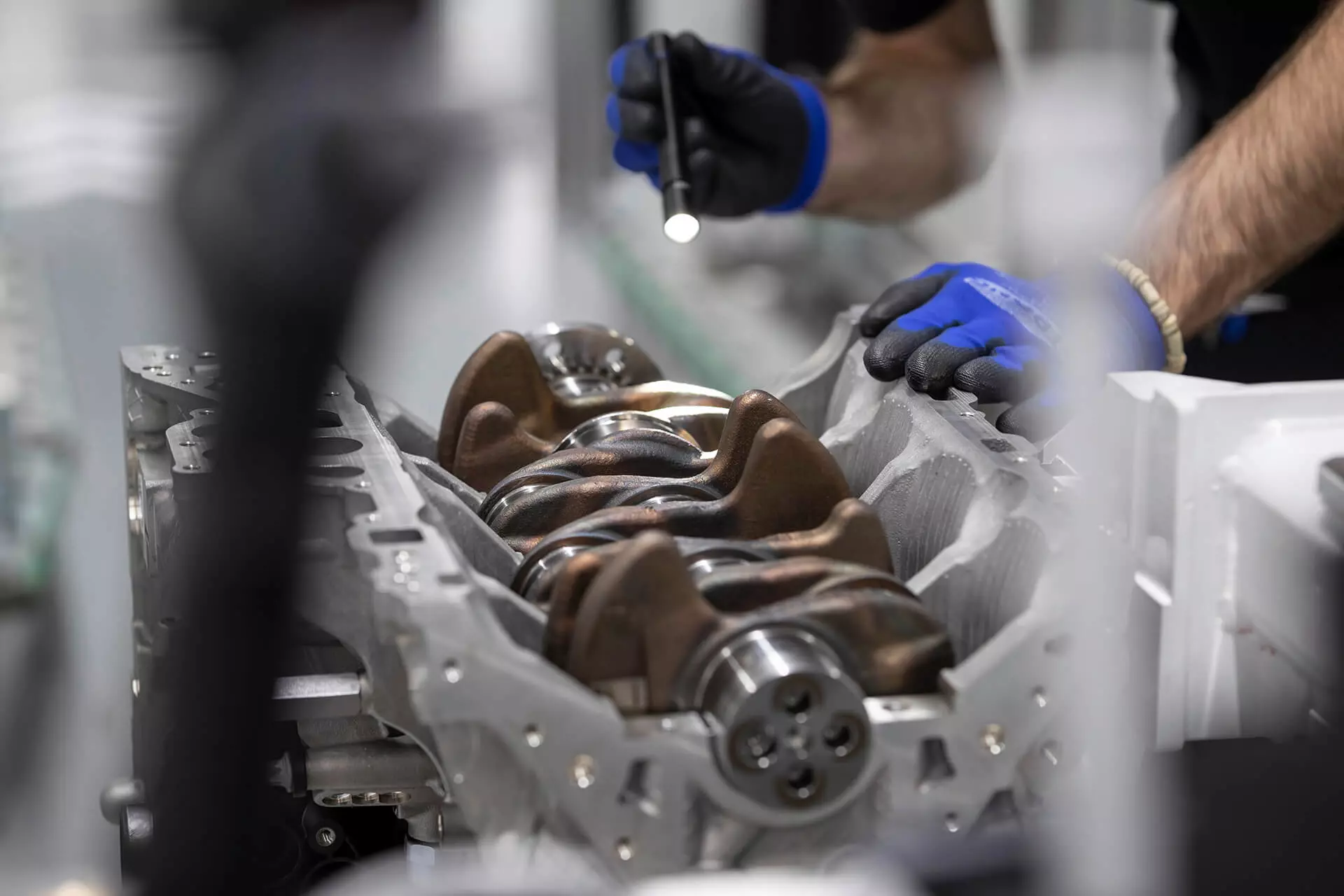
This new configuration brought several advantages, from an aerodynamic point of view, allowing to optimize the design of the front section; from the point of view of airflow, not only allowing more air to be captured, as this now travels a shorter distance, and the path is more direct, with fewer deviations, both on the inlet and on the exhaust side.
AMG didn't want the M 139 to replicate the typical diesel response, but rather that of a naturally aspirated engine.
A turbo is enough
Also noteworthy is the only turbocharger present, despite the very high specific power. This is a twinscroll type and runs at 1.9 bar or 2.1 bar, depending on the version, 387 hp (A 45) and 421 hp (A 45 S), respectively.
Subscribe to our newsletter
Like the turbos used in the V8 from Affalterbach's house, the new turbo uses bearings in the compressor and turbine shafts, reducing mechanical friction and ensuring that it achieves maximum speed of 169 000 rpm faster.
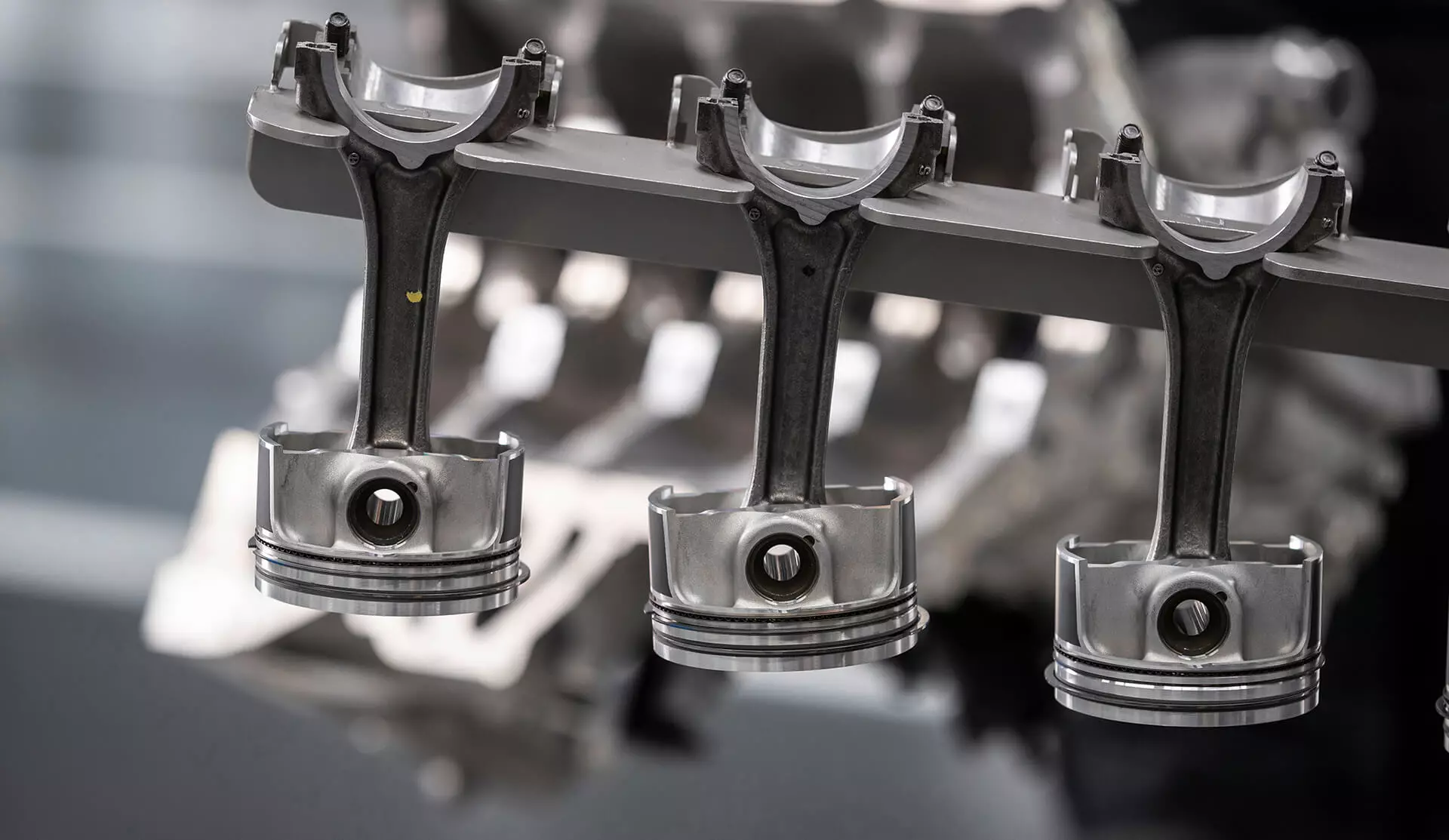
To improve the turbo's response in lows, there are separate and parallel passages for the exhaust gas flow inside the turbocharger housing, as well as the exhaust manifolds feature divided ducts, allowing for a separate, specific exhaust gas flow. for the turbine.
The M 139 also stands out for the presence of a new aluminum crankcase, a forged steel crankshaft, forged aluminum pistons, all to handle a new redline at 7200 rpm, with maximum power being obtained at 6750 rpm — another 750 rpm than in the M 133.
Distinct answer
A great deal of focus was placed on the engine's responsiveness, particularly in defining the torque curve. The maximum torque of the new engine is now 500 Nm (480 Nm in the base version), available between 5000 rpm and 5200 rpm (4750-5000 rpm in the base version), a very high regime for what is usually seen in turbo engines — the M 133 delivered a maximum of 475 Nm then at 2250 rpm, maintaining this value up to 5000 rpm.
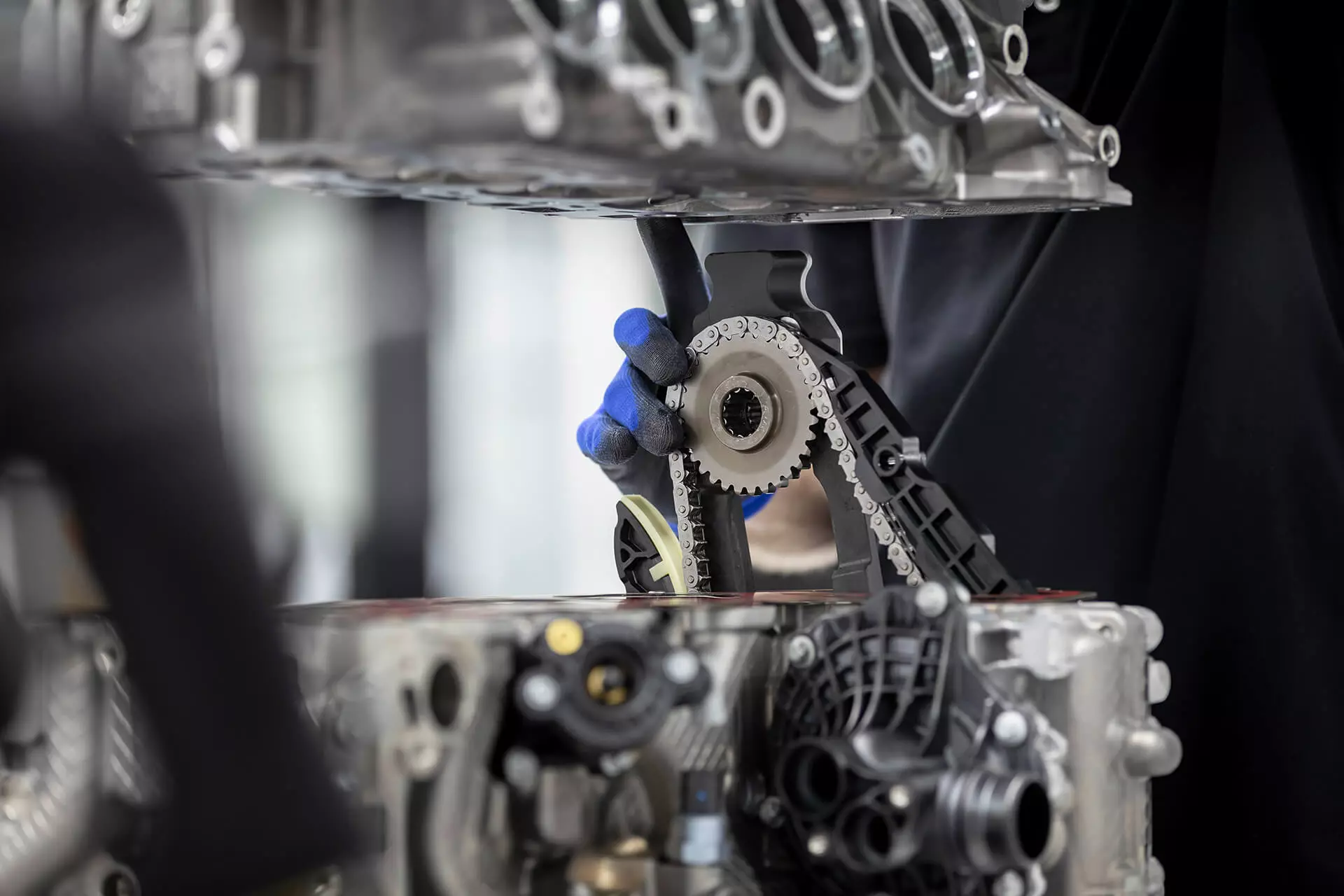
This was a deliberate act. AMG didn't want the M 139 to replicate the typical diesel response, but rather that of a naturally aspirated engine. In other words, the character of the engine, as in a good NA, will invite you to visit the high regimes more often, with a more rotating nature, instead of being held hostage by the medium regimes.
In any case, the AMG guarantees an engine with strong responsiveness to any regime, even the lowest ones.
Horses always fresh
With such high values of power — it is the most powerful four cylinder in the world — the cooling system is essential, not only for the engine itself, but also for ensuring that the compressed air temperature stays at optimum levels.
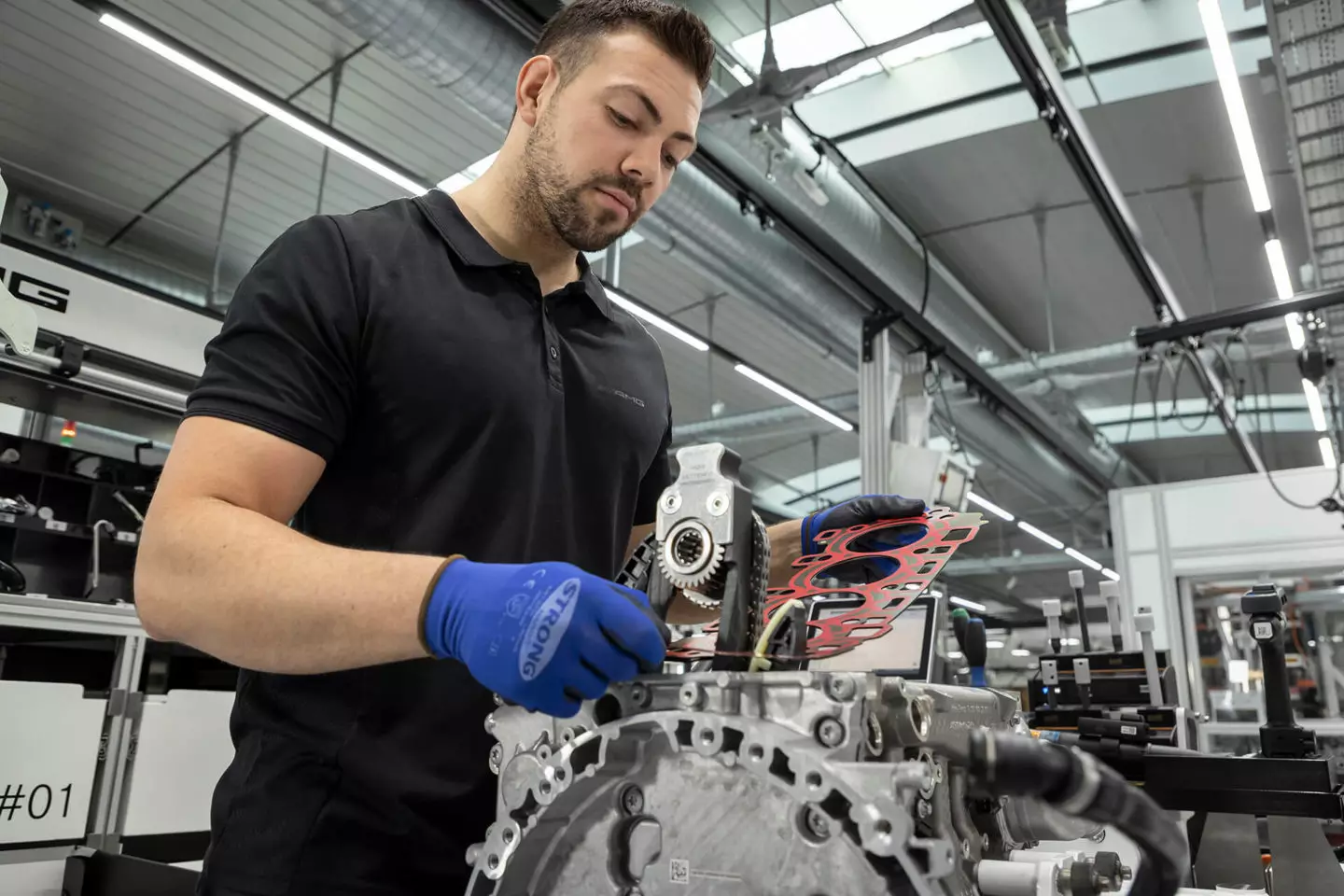
Among the arsenal we find redesigned water and oil circuits, separate cooling systems for the head and engine block, electric water pump and also a supplementary radiator in the wheel arch, complementing the main radiator at the front.
Also to keep the transmission at the ideal operating temperature, the oil it needs is cooled by the engine's cooling circuit, and a heat exchanger is mounted directly on the transmission. The engine control unit has not been forgotten, it is mounted in the air filter housing, being cooled by the air flow.
The specifications
| Mercedes-AMG | M 139 |
| Architecture | 4 cylinders in line |
| Capacity | 1991 cm3 |
| Diameter x Stroke | 83mm x 92.0mm |
| power | 310 kW (421 hp) at 6750 rpm (S) 285 kW (387 hp) at 6500 rpm (base) |
| Binary | 500 Nm between 5000 rpm and 5250 rpm (S) 480 Nm between 4750 rpm and 5000 rpm (base) |
| Maximum engine speed | 7200 rpm |
| Compression ratio | 9.0:1 |
| turbocharger | Twinscroll with ball bearings for compressor and turbine |
| Turbocharger Maximum Pressure | 2.1 bar (S) 1.9 bar (base) |
| Head | Two adjustable camshafts, 16 valves, CAMTRONIC (variable adjustment for exhaust valves) |
| Weight | 160.5 kg with fluids |
We'll see the M 139, the world's most powerful four-cylinder engine (production), arriving first on the Mercedes-AMG A 45 and A 45 S — everything points to it as early as next month — then appearing at the CLA and later at the GLA
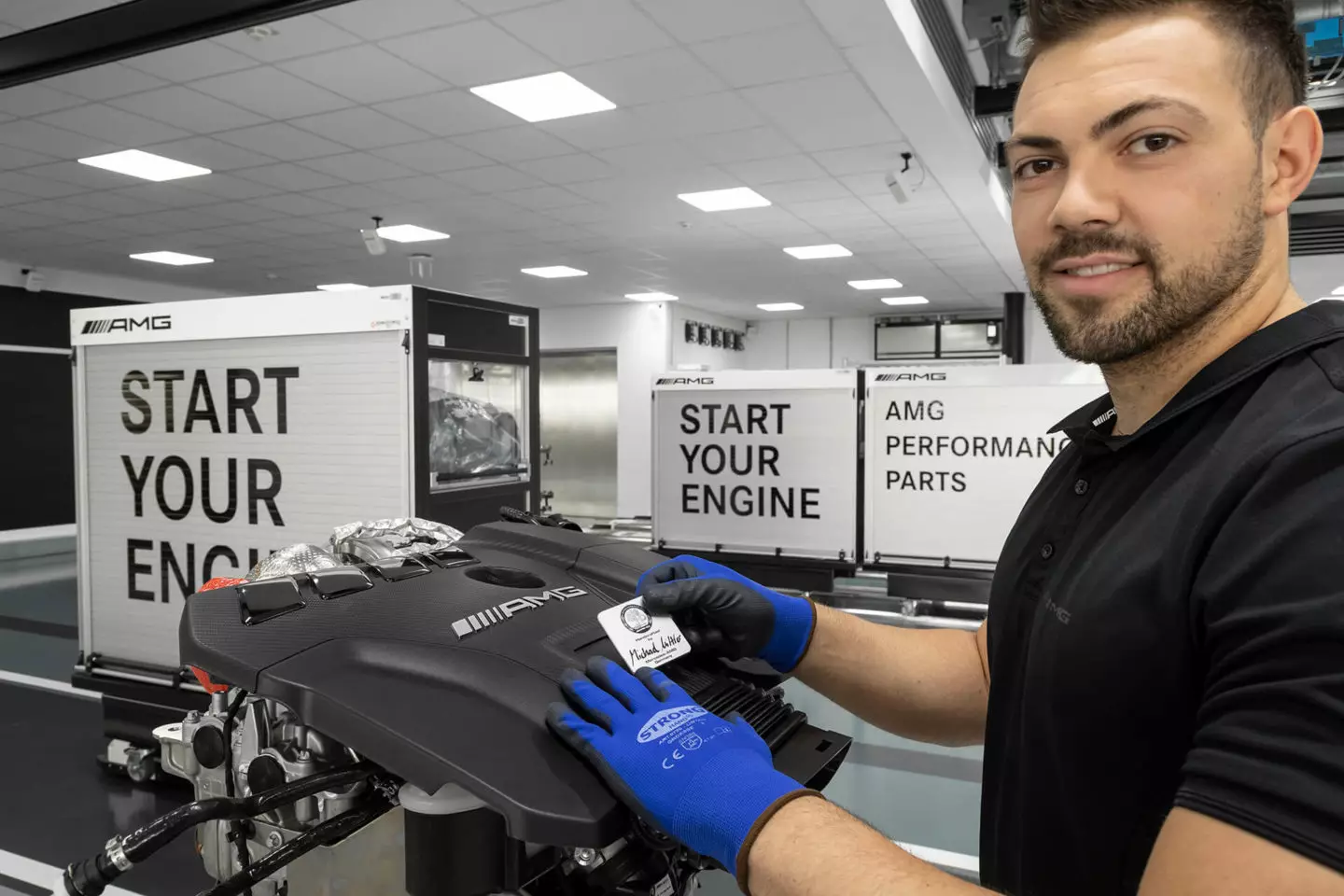
Like the other engines with the AMG seal, each unit will be assembled by only one person. Mercedes-AMG also announced that the assembly line for these engines has been optimized with new methods and tools, allowing for a reduction in production time per unit by around 20 to 25%, allowing for the production of 140 M 139 engines per day, spread over two turns.
